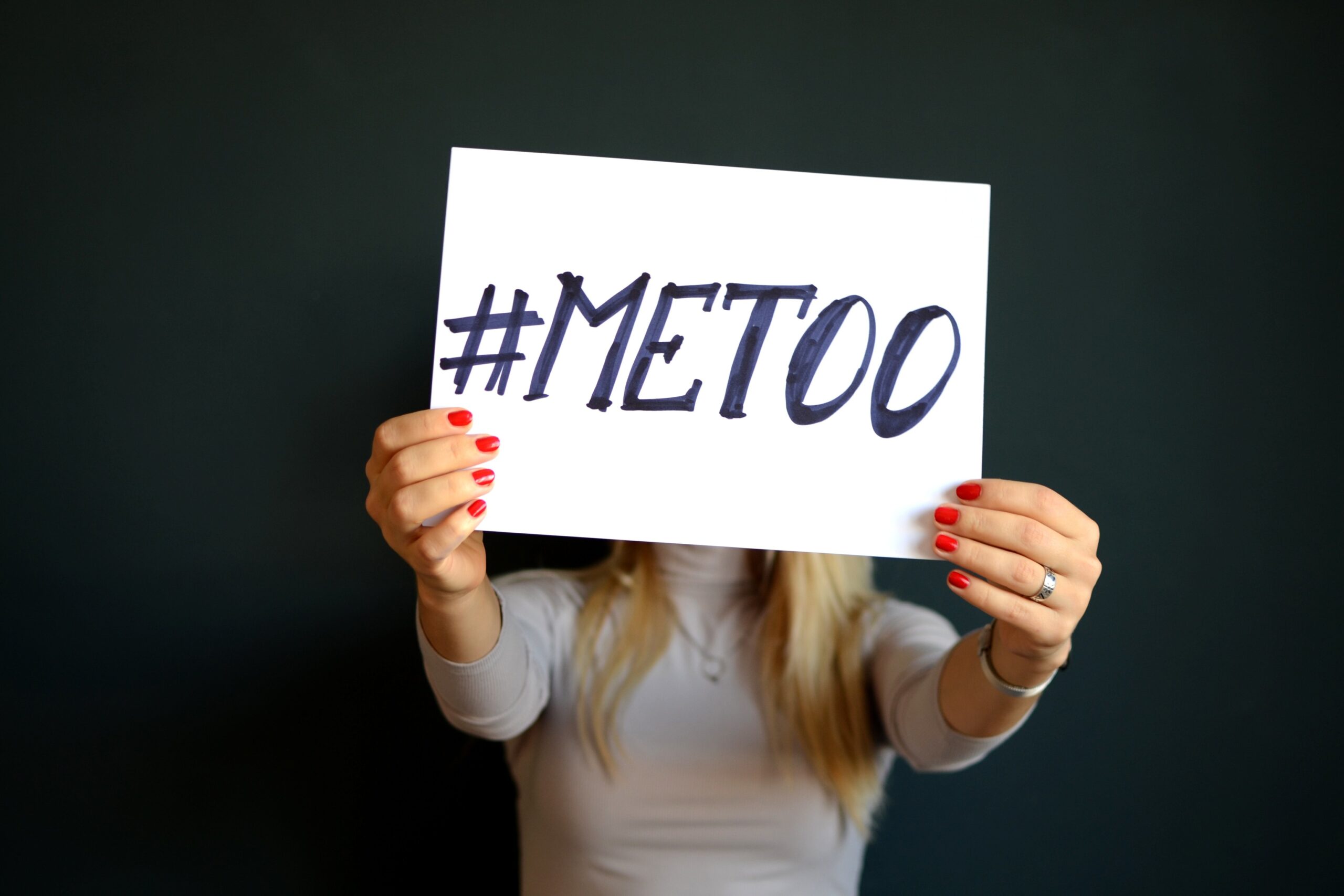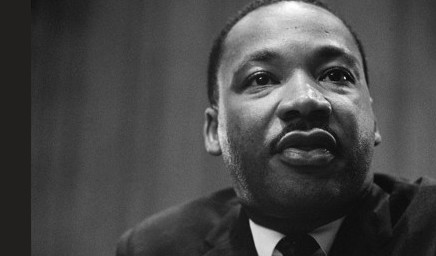Since 1991, Clarence Thomas has served as a justice of the U.S. Supreme Court with a lifetime term.
Yet shortly before his nomination to the post, Anita Hill testified before a Senate committee that Thomas had sexually harassed her for three years at two different government organizations where they had worked together. Nearly three decades before #MeToo, Hill’s testimony was the first major public allegation and investigation into sexual harassment in the workplace. It sparked a divisive discussion about harassment, power, trust and culpability across the country.
After detailing her experiences to the committee, Hill nonetheless watched Thomas win his nomination to the Supreme Court that same year. It was a position where he would have, among other responsibilities, authority over the rights and privileges of women under the Constitution for decades to come.
In February of this year, as part of the mighty wave of women’s voices rising against sexual harassment and toppling the men who used it as a tool of power against them, several women brought Clarence Thomas back into the discussion and under the fierce light of the #MeToo movement. With the renewed attention also came calls for impeachment and evidence to support the push.
During the 1991 hearings, it was Anita Hill’s word against that of soon-to-be-Justice Thomas.
In 1981, Hill was working for Thomas at the Department of Education when the harassment began. She described to the committee Thomas’s attempts to ask her out and the numerous times he talked explicitly about sex acts at work. He later convinced her to move with him to the Equal Opportunity Employment Commission.
The harassment continued at the EEOC. Thomas described to Hill the pornographic videos he watched and disclosed to her his preferences for specific parts of female bodies. In 1983, Hill escaped the harassment by moving to Oklahoma to teach law. Finally, in 1991, she brought her experiences to the attention of a Senate prepared to nominate Thomas to the Supreme Court.
Anita Hill stepped in front of an audience of hundreds of millions and described what she suffered working for Thomas. And Thomas took his Supreme Court seat later that year. “I was disappointed but not surprised,” Hill said.
Hill was alone on the stand during the 1991 hearings though others had been willing to testify alongside her.
“Four African-American women, including me, were willing to join professor Hill and testify about Thomas’ behavior,” wrote Angela Wright-Shannon in February. “We all were denied a voice.” Without social media, these testimonies were simply never heard. Wright-Shannon recently described for the Huffington Post her own similar experiences with Thomas: he repeatedly asked her to date him and asked about her breast size.
Another belated testimony came from Lillian McEwen, Thomas’s ex-girlfriend. “The Clarence I know was certainly capable not only of doing the things that Anita Hill said he did, but it would be totally consistent with the way he lived his personal life then,” she said in an interview in 2010. The #MeToo environment of 2018 has allowed women to come forward together, in force, against the men who harassed them. Jill Abramson believes #MeToo might have allowed others to join Hill on the stand against Thomas and shifted the balance of credibility toward the victims.
After the recent months of accusations, resignations and lettings-go achieved by #MeToo, Thomas’s ascension following his hearing and the existence of any subsequent career for him seem ridiculous. How could he have been appointed and how is he still a Justice? Yet, the President of the United States won his election and continues to hold power despite the infamous circumstances of his own history of harassment.
“How do you remove sexual predators from office when all attempts to prevent their ascension in the first place failed?” asks Wright-Shannon. The answer, according to Abramson, is perjury.
Since 1989, three federal judges have been impeached for charges including lying. Among the leaked documents of Hillary Clinton in 2016 was a “Memo on Impeaching Clarence Thomas,” written in 2010, that assembles evidence of his perjury. Abramson’s article details some of the lies he told, under oath, in front of the Senate Committee and Anita Hill, about the harassment—lies that can now be confirmed as such by the testimony of other victims. The #MeToo movement offers the possibility of strength in numbers that was lacking during the original hearings but that could now present significant corroboration to the perjury claim.
Wright-Shannon, Rose Jourdain and Sukari Hardnett were all victims willing to offer their stories to the Senate committee but didn’t get the chance. Now, they and others can fight back.
In the fall of 2016, Moira Smith, an attorney, wrote a Facebook post about the night Clarence Thomas groped her at a dinner party in 1999. He squeezed her butt several times while she was setting the table and asked her to sit next to him. After finally making the incident public on Facebook, it also became the subject of an article in the National Law Journal.
The case for the impeachment of Thomas centers, currently, on his perjury during the 1991 hearings.
But Moira’s account of his sexual misconduct at the dinner occurred when he was already a Supreme Court Justice, a detail that could add fuel to the impeachment push.
The current U.S. President secured his victory over the accusations of sexual misconduct by nineteen women, an event that is startlingly similar to Thomas’s nomination after Anita Hill’s testimony twenty-seven years ago. But since the election, the #MeToo movement has risen up in fury against men guilty of harassing women and has begun to secure justice for the victims. Now, more than ever, the circumstances seem to be prime for the impeachment of a justice guilty of sexual misconduct and perjury.





